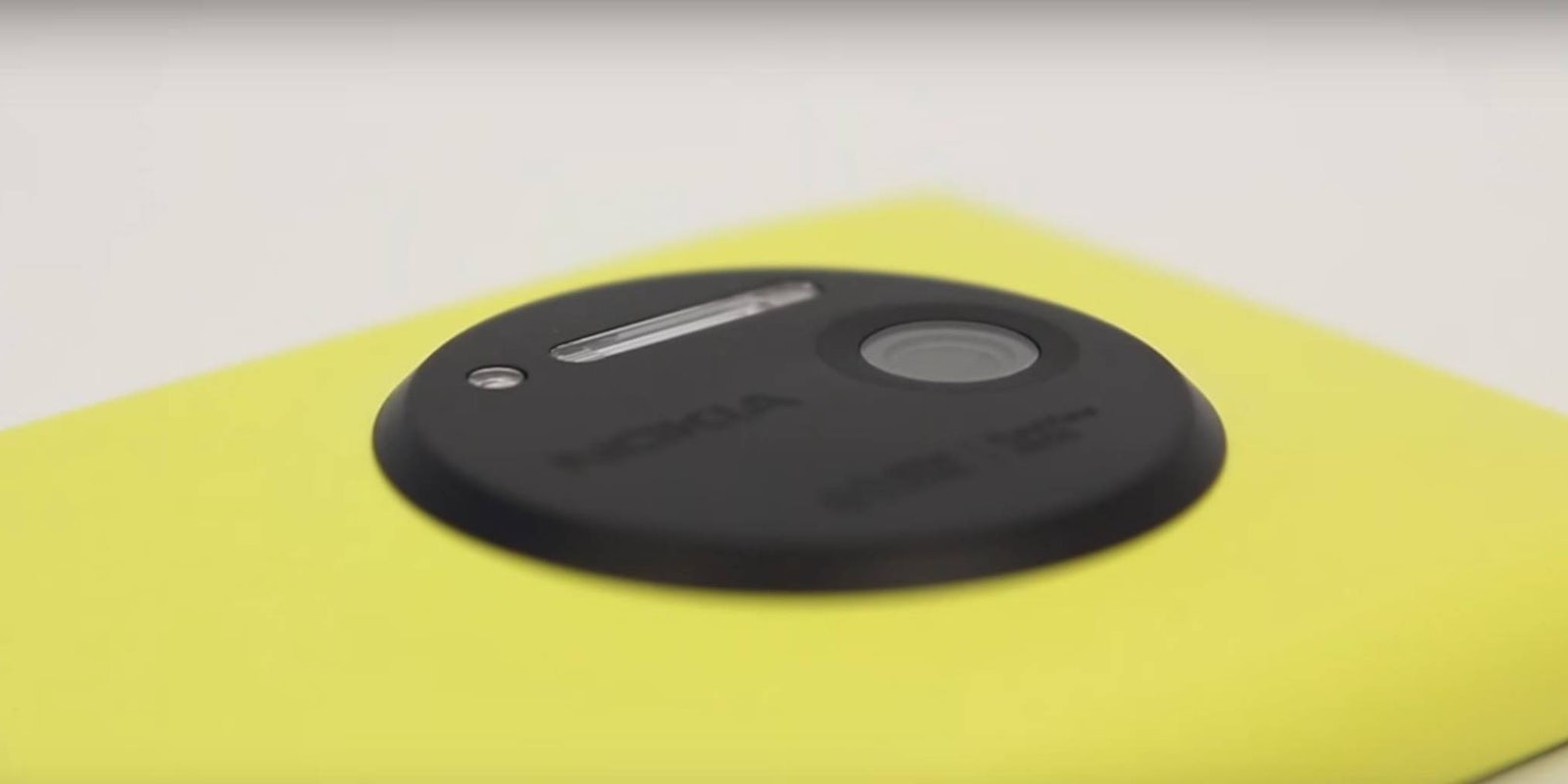Researchers from UCLA and Sweden used the camera from an old Nokia smartphone to create a microscope. It can image and analyze DNA sequencing reactions, and detect point mutations in preserved tumor samples.
The microscope was created as a low-cost means for targeted DNA sequencing and tumor analysis to be conducted at the point-of-care (POC) in resource-limited areas. Those locations, which sit far away from any labs or hospitals, do not receive the required POC needed to sufficiently manage a wide range of disease, according to the report published in Nature Communications.
The hope is that smartphones, with their CMOS imaging sensors and powerful computing capabilities, can supply a cost-effective alternative to current imaging, and enable low-cost diagnostic analysis from anywhere in the world.
The scientists set out to test the idea that current mobile phones provide sufficient imaging to help remotely diagnose diseases like cancer, “with spatial resolution and image quality matching high-end pathology microscopes.”
They smartly chose the lens unit from a Nokia Lumia 1020, a Windows Phone released in 2013. That device packs a now-legendary 41-megapixel Carl Zeiss-branded rear-facing camera (it deserves every hyphen), which researchers say offers a magnification factor of 2.6x. A used 1020 can be purchased on Ebay for a measly $100, offering an appealing megapixel-per-dollar ratio.
The Nokia lens was coupled with laser diodes and 3D-printed pieces before going through a series of rigorous tests, including sequencing of the KRAS gene, which can cause normal cells to become cancerous when mutated. It was also used to look at preserved tumors for point mutation analysis.
The research team came away with some positive results.
“In conclusion, mobile-phone-enabled molecular diagnostic analysis may provide a simple, cost-effective, and yet powerful means to integrate molecular marker information with traditional morphology analysis and might further help digital molecular pathology become widely accessible at POC offices and even in resource-limited settings.”
The document went on to list additional benefits from the makeshift microscope, including diagnosing infectious diseases by measuring antibiotic resistance markers.
It is refreshing to see a potentially life-saving experiment fueled by aging devices that we so easily discard. Who knows, in a few years, we may be able to map genes and diagnose cancer from any location thanks to a camera unit Nokia made back in 2012.
H/T phoneArena
